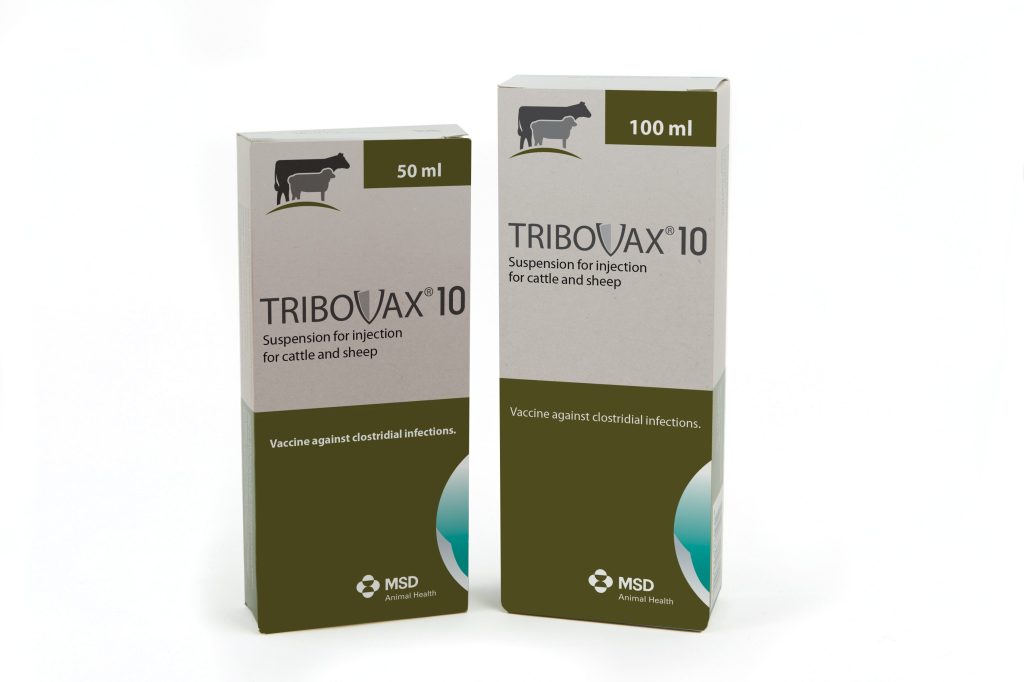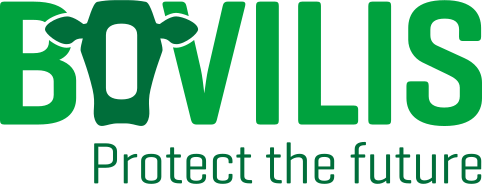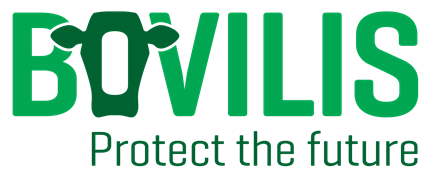
What is it?
Tribovax 10 is a vaccine for cattle and sheep that provides protection against
clostridial bacteria such as:
C. chauvoei (Blackleg)
C. perfringens A-D (pulpy kidney, enteritis).
C. novyi type B (Black Disease)
C. septicum (Malignant Oedema, Braxy, false Blackleg)
C. sordellii
C. haemolyticum
C. tetani (Tetanus)
Why use it?
Clostridial spores may be found in soil, feed, water and in the organs/tissues of
healthy animals. When present in healthy animals, events such as injury, liver fluke
infestation, overeating or changes in husbandry practices can lead to multiplication
of bacteria and onset of clostridial disease clinical signs.
Because clostridial spores are so widespead in the environment, control of disease
can be difficult. Animals are commonly found acutely dead, and treatment is usually
futile.
Vaccination with Tribovax 10 provides broad protection against clostridial infections.
How to use:
Dose:
Route: subcutaneous use.
Dose:
- Sheep: 1 ml – from 2 weeks of age
- Cattle: 2 ml – from 2 weeks of age
Primary vaccination: Two injections should be given, 4-6 weeks apart.
Booster: A booster injection should be given every 6-12 months. Consult with your vet on how often Tribovax
10 should be boosted in your herd/flock.
Use in pregnancy:
To provide passive protection of lambs/calves, via the colostrum, a single booster should be given to ewes/cows between 8 and 2 weeks before lambing/calving, provided that animals have received a full primary vaccination course before pregnancy.

Related Video
To activate the video player please allow cookies in category ‘Performance and Operation’ and refresh this page.
Related Articles
- Technology for Profit competition #TimeForTech
 We’re looking for Irelands most innovative dairy farmers! #TimeforTech Following the success of our Prevention for Profit campaign we’re excited to launch the “Technology for Profit” competition for 2025.
We’re looking for Irelands most innovative dairy farmers! #TimeforTech Following the success of our Prevention for Profit campaign we’re excited to launch the “Technology for Profit” competition for 2025. - Flies – Nuisance by name, nuisance by nature
 With temperatures slowly on the rise, next on the agenda – fly season. Impact on production and spread of disease Anyone who has worked with cattle during the summer months needs little reminding of the annoyance which flies can cause. They can be responsible for a state of unrest in the parlour for both cows … Read more
With temperatures slowly on the rise, next on the agenda – fly season. Impact on production and spread of disease Anyone who has worked with cattle during the summer months needs little reminding of the annoyance which flies can cause. They can be responsible for a state of unrest in the parlour for both cows … Read more - Reducing Abortion Rates in Your Flock: Enzootic Abortion of Ewes and Toxoplasmosis
 Eleanor Brady, MVB MRCVS, Ruminant Veterinary Manager, MSD Animal Health Many Irish flocks will experience a few abortions each year, but how many abortions is too many? Targets for abortion and overall empty rate are set at <2% and <5% respectively, although many flock owners accept rates higher than this. Approximately one third of lamb … Read more
Eleanor Brady, MVB MRCVS, Ruminant Veterinary Manager, MSD Animal Health Many Irish flocks will experience a few abortions each year, but how many abortions is too many? Targets for abortion and overall empty rate are set at <2% and <5% respectively, although many flock owners accept rates higher than this. Approximately one third of lamb … Read more

“Animal Health Ireland estimate the annual cost of BVD to Irish herds totals €102 million.”
Sign up to Bovilis® product and event information

MSD Animal Health
Red Oak North, South County Business Park, Leopardstown,
Dublin 18, Ireland
vet-support.ie@msd.com
PHONE
CATTLE DISEASES




